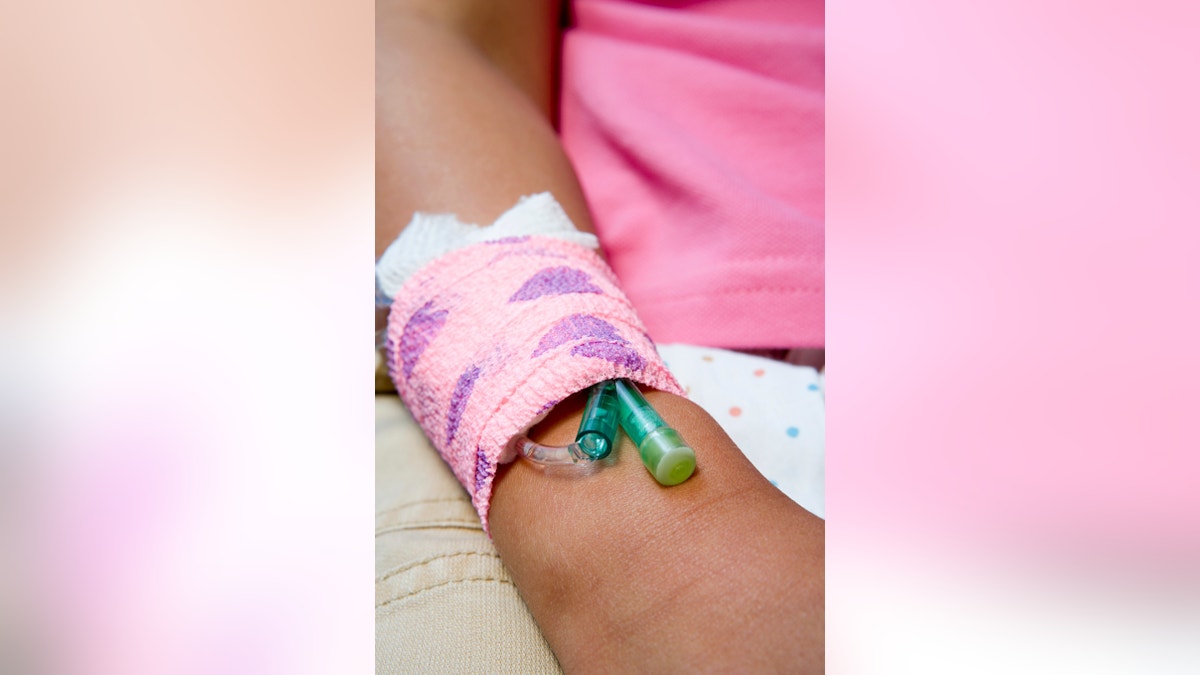
Girl with a catheter in her arm (XiXinXing)
ATLANTA – Brain cancer is now the deadliest form of childhood cancer in the United States, surpassing leukemia as treatment advances have allowed doctors to cure many blood-related cancers, the Centers for Disease Control and Prevention said on Friday.
In 1999, nearly one in three children who died of cancer had leukemia, while brain cancer caused the deaths of one in four.
By 2014, the numbers had reversed, researchers found comparing death rates from pediatric cancers in these years.
"Forms of leukemia that a generation ago were almost universally fatal are now almost universally curable," said Sally Curtin, an author of the report, in a telephone interview.
Overall, cancer death rates for children dropped 20 percent from 1999, continuing a trend that started in the mid 1970s, according to the National Center for Health Statistics study.
Among 100,000 youth ages one to 19, cancer killed 2.28 in 2014.
Other common sites of fatal childhood cancers included the bone and articular cartilage, thyroid and other endocrine glands and mesothelial and soft tissue. Combined with brain cancer and leukemia, these accounted for 81.6 percent of all childhood cancer deaths in 2014, the report said.
"The declines were broad, across all the age groups, males and females, for both white and black children," Curtin said. "That in and of itself is noteworthy because so many health outcomes have disparities."
She noted that brain cancer deaths held stable as leukemia deaths dropped.
In 2014, 445 children died from pediatric leukemia, down from 645 in 1999, the CDC reported.
Deaths from childhood brain cancer, however, increased slightly from 516 in 1999 to 534 in 2014, the study found.
"For pediatric brain tumors in particular, we have not made significant headway at all," said Katherine Warren, head of pediatric neuro-oncology at the National Cancer Institute.
She said childhood brain cancer is more difficult to treat, in part because the blood-brain barrier protects the central nervous system from toxins. This makes it more difficult to deliver chemotherapy.
"With leukemia, you are giving the therapy directly into the blood and hence to the bone marrow which is exactly where the cancer is," she said, calling for more research into childhood brain cancers.
"We have learned over the past decade or so that childhood tumors are significantly different from adult tumors," she added.
